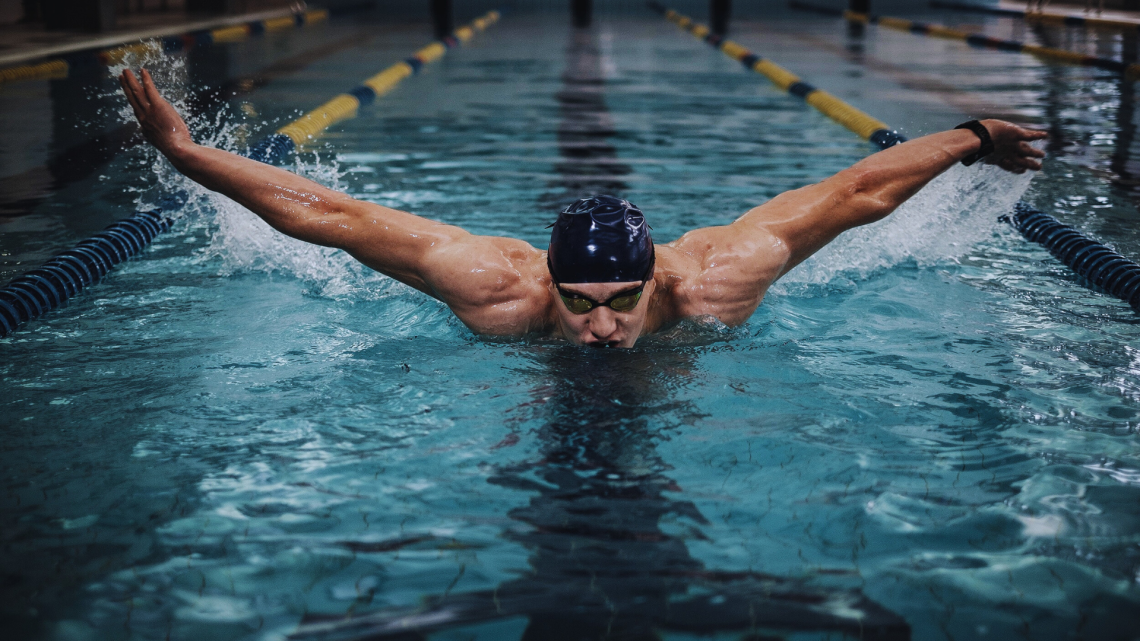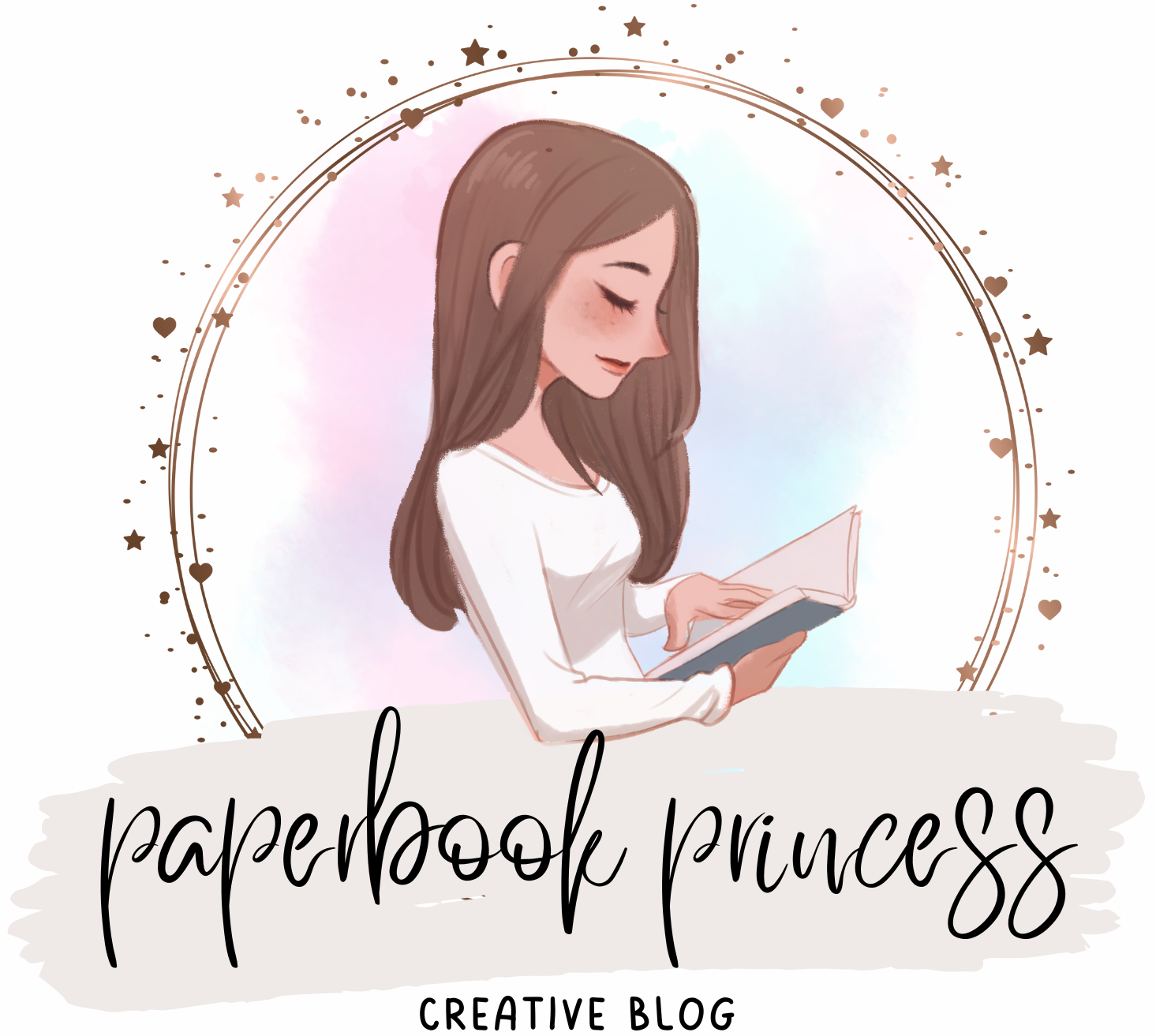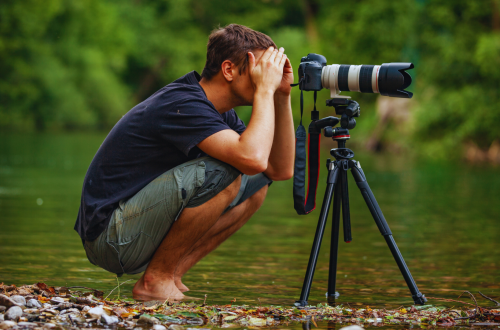
The Different Styles of Portrait Photography: Exploring Techniques and Approaches
Portrait photography has evolved significantly, showcasing a variety of styles that cater to different artistic visions and personal preferences. Exploring these styles can help individuals choose the best approach for capturing their unique personality or brand image. Each style offers distinct techniques, settings, and emotions, emphasizing the essence of the subject.
From classic studio portraits to candid, lifestyle shots, photographers have a wealth of options at their disposal. Traditional portraits often highlight formal poses and controlled lighting, while environmental portraits capture subjects in their natural surroundings, lending context to the image. Additionally, modern styles like fine art portraiture blend creativity with storytelling, resulting in striking and thought-provoking images.
Understanding these various styles is essential for anyone looking to engage with portrait photography, whether as a photographer or a subject. By knowing the differences, individuals can make informed choices that resonate with their vision and achieve impactful results in their portraits.
Historical Development of Portrait Photography
Portrait photography has roots that extend back to ancient civilizations. Early forms included painted portraits in Egypt and Greece, often conveying status and power. The invention of photography in the 19th century revolutionized this art form. The daguerreotype, introduced in 1839, allowed for detailed imagery that made portraits accessible to a broader audience.
In the late 1800s, advances in technology led to the development of cheaper and faster film, further democratizing portrait photography. The introduction of roll film in 1888 transformed how individuals captured their likenesses. The 20th century brought the rise of documentary photography. This style emphasized authenticity and real-life subjects, impacting the portrayal of individuals in their environments.
As the medium evolved, so did the styles. Various movements, such as modernism and candid photography, challenged traditional techniques and brought new perspectives. In recent decades, digital technology has expanded possibilities. Photographers now manipulate light and composition with advanced software, allowing for creative expression that was previously unimaginable.
Portrait photography continues to adapt, reflecting societal changes and individual identity. It remains a vital form of self-expression and documentation in contemporary culture.
Technical Aspects of Portrait Photography
Mastering portrait photography involves understanding various technical elements. Key components include camera settings, lighting techniques, and principles of posing and composition. Each factor plays a crucial role in creating compelling images that resonate with viewers.
Camera Settings and Lenses
Selecting the right camera settings is vital for achieving high-quality portraits. Typically, a wide aperture, such as f/1.8 to f/4, is used to create a shallow depth of field. This results in a blurred background, helping the subject stand out.
Lens choice significantly impacts the final image. Prime lenses, particularly 85mm and 50mm, are often favored due to their sharpness and flattering perspective. They offer excellent bokeh, enhancing the aesthetic quality of the portrait.
Also, shutter speed should be kept at a minimum of 1/125 seconds to prevent motion blur, especially in dynamic scenarios. Adjusting ISO settings is essential for optimizing exposure while minimizing noise.
Lighting Techniques and Equipment
Lighting dramatically influences the mood and quality of portrait photography. Natural light is commonly relied upon, especially during golden hour, for soft and flattering illumination. Reflectors can enhance light distribution, reducing shadows.
For studio portraits, artificial lighting setups, such as softboxes or umbrella lights, provide more control. These tools create diffused light, softening facial features.
Using a three-point lighting setup—key light, fill light, and backlight—creates depth and dimension in images. Adjusting the angle and distance of lights allows photographers to sculpt the subject, achieving desired effects.
Posing and Composition Principles
Posing is essential to capturing the subject’s personality and mood. Effective poses can convey confidence, vulnerability, or intimacy. Photographers should instruct subjects on body positioning, ensuring alignment and natural gestures.
Composition also plays a significant role. The rule of thirds can guide placement, making the image visually appealing. Framing the subject against interesting backgrounds or elements adds context and depth.
Moreover, varying angles can lead to unique perspectives. Experimenting with both high and low angles can provide different insights into one’s character while introducing creative dynamics to portraits.
Styles of Portrait Photography
Portrait photography encompasses various styles, each with its unique characteristics and purposes. Different techniques and settings define these styles, showcasing the subject’s personality, context, and emotional depth.
Classic Portraiture
Classic portraiture focuses on capturing a subject in a posed and controlled setting. It often employs traditional lighting techniques to enhance the subject’s features. Subjects are typically centered in the frame with neutral or soft backgrounds.
Photographers use equipment like prime lenses to create a shallow depth of field, drawing attention to the face. This style is commonly seen in family portraits, corporate headshots, and formal studio photography. Classic portraiture emphasizes the quality of light and detail in facial expressions, preserving timeless moments.
Environmental Portraiture
Environmental portraiture uses the subject’s surroundings to add context and depth to the image. This style aims to portray the subject in their natural habitat, reflecting their personality, profession, or lifestyle.
For instance, a chef might be photographed in a kitchen, surrounded by cooking tools. The background plays a crucial role, complementing the subject without overpowering it. This approach often requires careful consideration of composition, lighting, and subject placement to convey a cohesive story.
Candid and Street Portraits
Candid and street portraits capture subjects in spontaneous moments, often without their awareness. This style emphasizes authenticity and emotion, showcasing real-life interactions and settings.
Photographers often work in public spaces, capturing people as they go about their daily lives. This approach allows for a more natural representation of the subject, often leading to compelling narratives within a single frame. Techniques like a fast shutter speed and stealthy shooting can enhance the spontaneity of these portraits.
Conceptual and Artistic Portraits
Conceptual and artistic portraits prioritize creative expression and storytelling. This style might incorporate staged scenes, elaborate costumes, or symbolic elements to convey a message or emotion.
Photographers often experiment with lighting, props, and post-processing techniques. The emphasis is on the concept rather than realism. This type of portraiture challenges traditional norms, inviting viewers to interpret and engage actively with the work, making it a favorite in artistic circles.
Documentary and Photojournalism Portraits
Documentary and photojournalism portraits focus on capturing the real and unfiltered aspects of life. This style often addresses social issues, culture, and human experiences.
Photographers aim to tell a story or raise awareness through their images. They often work in challenging conditions, using their skills to capture genuine emotions. This type of portrait reveals the essence of the subject, providing insight into their world while emphasizing the importance of context in storytelling.
Post-Processing Techniques in Portrait Photography
Post-processing is a crucial phase in portrait photography. It enhances the final image and can significantly alter the viewer’s perception.
Common Post-Processing Techniques:
- Color Correction: Adjusting white balance and saturation to ensure skin tones appear natural.
- Retouching: Removing blemishes, smoothing skin, and enhancing facial features. This often involves tools like the healing brush and clone stamp.
- Sharpening: Increasing the clarity of the image. This helps important details, like eyes, stand out.
- Cropping: Framing the subject properly can improve composition and draw focus.
Software Options:
| Software | Features |
| Adobe Lightroom | Excellent for color correction and organization. |
| Adobe Photoshop | Advanced retouching and detailed editing capabilities. |
| Capture One | Great color grading tools and tethering options. |
Filters and Effects:
Applying filters can create mood and style. Common options include:
- Black and White: Emphasizes contrast and textures.
- Vintage Filters: Adds warmth and a nostalgic feel.
These techniques help photographers achieve their desired artistic vision while maintaining clarity and professionalism in their work.





